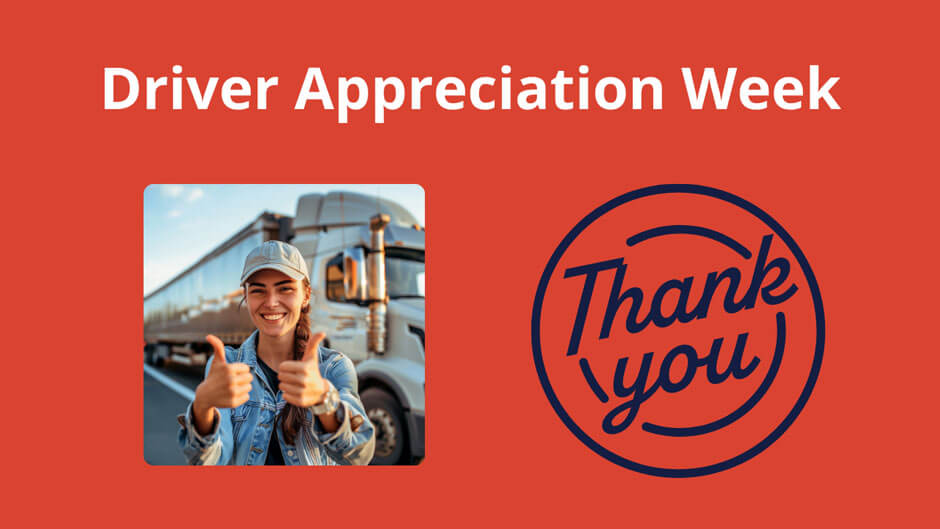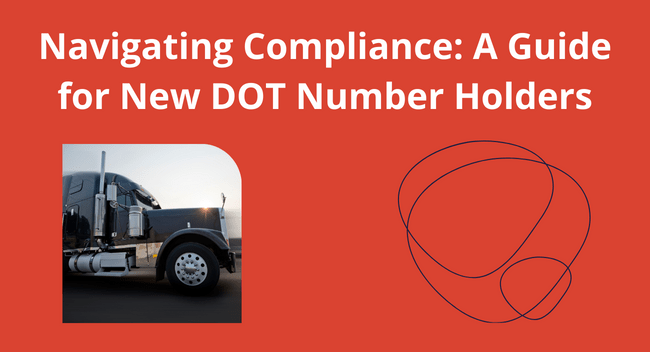The United States Department of Transportation and FMCSA value the lives of the US population, hence, strict laws are put in place to curtail transport companies. Whether you are into the Hazmat transportation business or any other form of transportation, there is a need to stay compliant at all times to save your business from complications. Nevertheless, our focus in this article is on employers in the hazardous material transportation business.
As an employer in the hazmat transportation business, failing to adhere to compliance issues related to Hazmat transportation can result in a heavy blow on your organization, affecting many departments and employees. It is not uncommon for compliance in this area not to fall under the EHS manager’s or department’s control.
As experts in Hazmat programs, we have put together 11 common missteps that could result from decentralized Hazmat programs.
Misstep #1: Not being able to understand the differences in regulations between modes of transportation (airline, highway, railway, and pipeline)
Employees need to be able to apply modal-specific regulations. FedEx Express has a requirement that all hazmat shipments, domestic or international, must be prepared according to the International Air Transport Association’s Dangerous Goods Regulations. This is one of the most common errors and most people fail to realize this fact.
Misstep #2: Limiting access to shipping accounts to trained employees
This can be especially difficult for large facilities that have multiple departments and heads of different departments. It can be difficult to catch everyone who might be offering hazardous material to UPS/FedEx. It is difficult to find everyone who could ship hazardous material to UPS/FedEx. There should be a system that trains all those who may ship it, and then provides a gatekeeper to handle the shipment.
Misstep #3: Assuming that original suppliers are competent and reliable in supplying safety data sheets (SDSs) for shipping information
Sometimes the person who put together the sheet may not be as knowledgeable about the regulations as they should be. People responsible for hazardous materials must be able to create their shipping protocols from scratch and not rely on third parties.
Misstep #4: Inadvertently creating enforcement and inspection triggers
From an enforcement point of view, one of the biggest problems is not understanding the difference between air shipments and highway shipments. FAA is the agency that conducts the most hazardous material shipping-related inspections at shipper locations. Random inspections are mostly triggered by FAA’s Dangerous Goods Declarations at FedEx or UPS locations. Use exceptions as much as possible to avoid the declaration. The risk of an FAA inspection will be greatly reduced if you avoid the declaration.
Misstep #5: Incorrectly packing hazardous material shipments for return to suppliers
Many shipping/receiving personnel think that returning hazardous materials shipment shipments is as simple as re-offering the package with original labels and markings. These employees may not have been trained to be “hazmat shippers”. They might try to figure out how to get the shipment out the door quickly, which could be a costly mistake.
Misstep #6: Not training receivers on issues related to emergency response and proper identification
Safety and transportation could be affected by actions taken by receivers. Receivers must be able to identify hazardous materials incoming, including those marked with exceptions, salvage containers, radioactives, and temperature sensitive materials.
Misstep #7: Not having the right software, pre-approval, and/or contract for shipping hazardous materials
Some hazardous materials and carriers cannot be offered without pre-approval from the operator. FedEx Express, for example, requires that Shipper’s declarations for dangerous goods be prepared using approved software and comply with edit checks. FedEx Express and UPS also require pre-approval for all lithium metal battery UN3090 (all sizes).
Missteps #8: Not having administrative oversight over hazardous materials program (reporting, security, registration, recordkeeping, and inspection readiness)
While some hazmat shipping compliance issues do not directly relate to shipment preparation, they are administrative. This requires a department or person to take responsibility.
Misstep #9: It’s not about determining the “competency” of hazmat workers
The training is just one step of the hazmat programs process. Employers are responsible for determining competency, as they ultimately have to ensure that shipments comply with regulations. The best way to learn is to do it under the guidance of an experienced hazmat shipping professional for a time before being permitted to prepare your shipments.
Misstep #10: Incorrectly preparing hazardous material for self-transport, or hiring untrained couriers in order to move hazardous materials
This is the most common definition of “Materials of Trade”. The MOT exemption is often used and has many benefits in reducing regulatory requirements. However, there are some things you should be aware of: the MOT exception’s restrictions and requirements, the third-party transport exception, and personal liability that falls under personal vehicle use.
Misstep #11: Offering electronic, batteries, devices, and instruments that are mistakenly thought to be non-hazardous
Many hazardous materials, such as lithium batteries, magnets and instruments with compressed gas chambers, are not obvious.
As an EHS manager or director of a hazardous material transportation company, it is your duty to properly coordinate hazmat programs and double check that every compliance activity is followed to the core. Doing this correctly is essential to avoid any unwanted issues you are not ready to handle.
If you are an employer running a hazardous material transportation company, DOT Compliance Group is always happy to offer you exceptional services. Whether it is Hazmat registration, Hazmat permit (MCS-150B), or Hazmat transportation training for your employees, we have a team of professionals to handle all that for you.








0 Comments